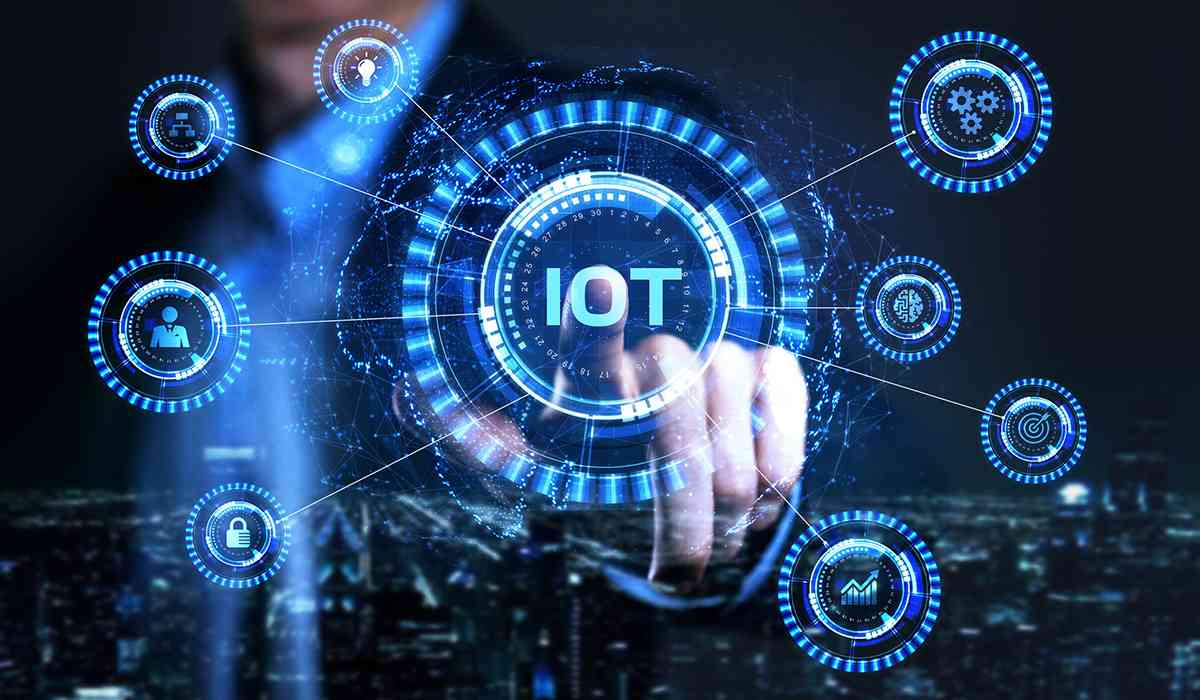In the rapidly evolving landscape of the Internet of Things (IoT), many groundbreaking innovations have emerged. Understanding the case studies of successful IoT products can provide valuable insights into the possibilities of IoT technologies and how they can be effectively utilized in various industries. These case studies not only highlight the technological capabilities but also demonstrate the transformative impact these products have on businesses worldwide.

The Significance of IoT in Modern Industries
The integration of IoT in industries such as manufacturing, healthcare, agriculture, and logistics has redefined operational efficiencies and opened up new avenues for growth. The ability to connect devices and gather real-time data enables companies to make informed decisions, optimize processes, and deliver enhanced customer experiences.
Revolutionizing Agriculture with IoT
A remarkable example of IoT in agriculture is seen in the use of smart sensors and drones. These technologies help farmers monitor soil conditions, crop health, and weather patterns, leading to increased yields and resource conservation. For instance, an IoT-based solution implemented by a leading agritech company resulted in a 20% increase in crop production while reducing water usage by 15%.
IoT in Healthcare: Enhancing Patient Care
IoT has also made significant strides in the healthcare sector. Wearable devices and remote monitoring systems provide continuous health data, enabling healthcare providers to offer personalized care and timely interventions. A notable IoT product development is a smart insulin pen that tracks dosage and provides alerts to patients, improving diabetes management.
Exploring Successful IoT Implementations
Several companies have successfully harnessed IoT technologies to drive innovation and achieve business objectives. Lets delve into some compelling case studies of successful IoT products that illustrate the power of IoT.
Smart Cities: A Technological Transformation
Smart city initiatives leverage IoT to enhance urban living. By integrating smart lighting, waste management, and traffic monitoring systems, cities can improve energy efficiency, reduce congestion, and enhance public safety. An exemplary project in Barcelona reduced energy costs by 30% and improved waste collection rates by 20%.
Logistics and Supply Chain Optimization
IoT solutions in logistics help companies track shipments in real-time, optimize delivery routes, and manage inventory efficiently. A logistics firm utilizing IoT sensors reported a 25% reduction in transit times and a 15% decrease in operational costs, showcasing the tangible benefits of IoT integration.
Industrial IoT: Boosting Manufacturing Efficiency
Industrial IoT (IIoT) applications enhance predictive maintenance, equipment monitoring, and production line efficiency. A case study involving a manufacturing plant demonstrated a 40% reduction in equipment downtime and a 30% increase in production output through IoT-enabled predictive analytics.
Challenges and Considerations in IoT Deployment
While the benefits of IoT are substantial, deploying these technologies comes with challenges. Companies must address data security, interoperability, and scalability to ensure successful implementation. Understanding these challenges is crucial for maximizing the potential of IoT products.
Ensuring Data Security
Data security is a major concern in IoT deployments. Companies must implement robust encryption, access controls, and regular security audits to safeguard sensitive information. A comprehensive security strategy is essential to protect against data breaches and cyber threats.
Interoperability and Compatibility
Interoperability remains a significant challenge, as IoT devices from different manufacturers must communicate seamlessly. Standards like MQTT and CoAP are paving the way for enhanced device compatibility, but ongoing efforts are required to address this issue. To learn more about these challenges, visit our article on IoT Interoperability Challenges.
Scalability and Future-Proofing
Scalability is essential for IoT systems to handle growing data volumes and device connections. Companies should design IoT architectures that can evolve with technological advancements, ensuring long-term viability and flexibility. For insights on designing scalable IoT systems, check out our article on IoT Gateway Design Principles.
Conclusion: Embracing the IoT Revolution
The case studies of successful IoT products illustrate the transformative potential of IoT technologies across various sectors. By harnessing real-time data and intelligent automation, companies can drive innovation, increase efficiency, and improve customer experiences. As IoT continues to evolve, businesses must stay informed and adapt to emerging trends to remain competitive in the digital age.

FAQs
What is IoT and how does it work?
IoT, or the Internet of Things, refers to a network of interconnected devices that communicate and share data. These devices use sensors, software, and connectivity to collect and transmit data, enabling real-time monitoring and automation.
What industries benefit most from IoT?
Industries such as agriculture, healthcare, manufacturing, logistics, and smart cities benefit significantly from IoT. These sectors leverage IoT technologies to optimize operations, improve efficiency, and enhance decision-making processes.
How can companies ensure successful IoT implementation?
Successful IoT implementation requires addressing challenges such as data security, interoperability, and scalability. Companies should invest in robust security measures, adopt standardized protocols, and design scalable systems to maximize the benefits of IoT.
For more insights into IoT challenges, visit our article on Version Control for IoT Firmware.


